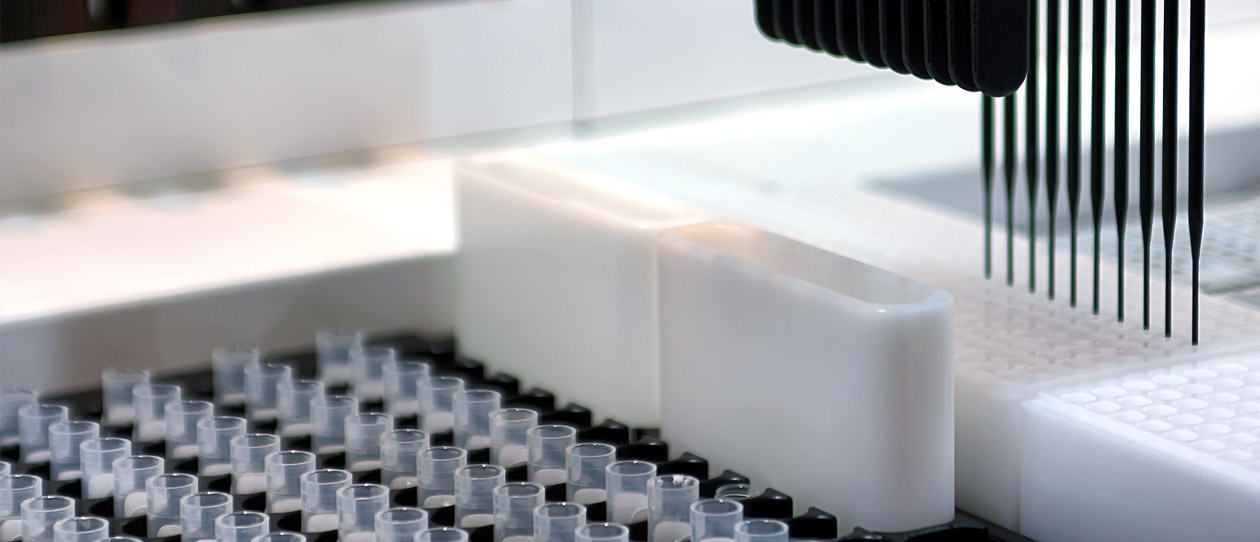In the traditional experimental configuration for measuring skin permeation, the diffusion cell (Franz TJ: Percutaneous absorption. On the relevance of in vitro data. J. Invest. Dermatol 1975, 64:190-195), a piece of skin, some 2.5 cm by 2.5 cm square, is mounted over a receptor well, fully filled with a solvent to ensure uniform contact with the underside of the skin piece. Clamped on top of the skin piece is a donor well into which the test formulation is introduced. Fluid samples can be abstracted from the receptor at given time intervals via a sampling arm, and then analyzed for the concentration of the active. Retention of the active in skin, or in the separate epidermal and dermal skin compartments, can also be measured.
To generate robust and reliable data, though, requires some attention to experimental detail. A trained experimentalist might complete 20-30 such measurements per day. Given that a topical drug formulation might comprise a combination of some 5-10 components, and a beauty care formulation some 25-40, the fraction of the potential compositional space that might be sampled is then tiny.


